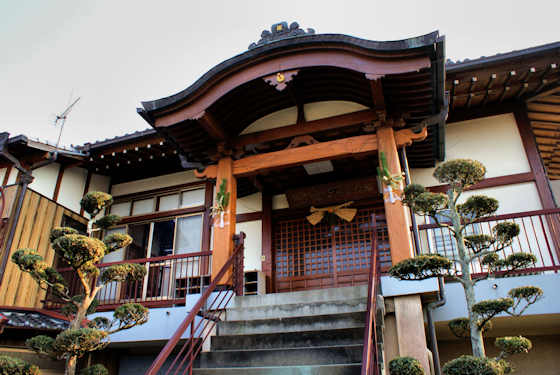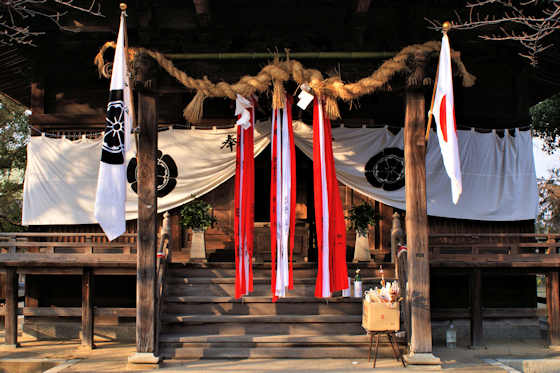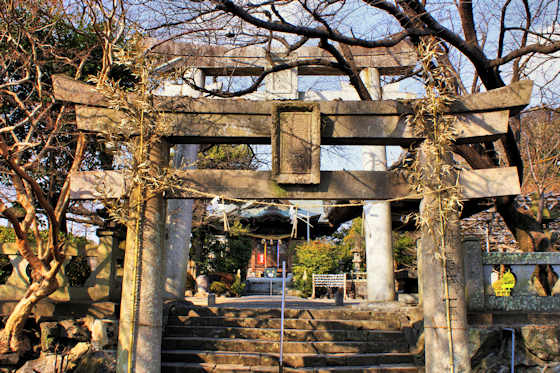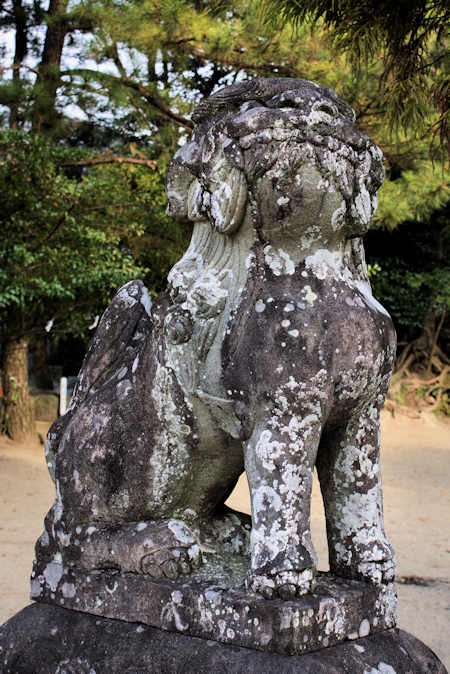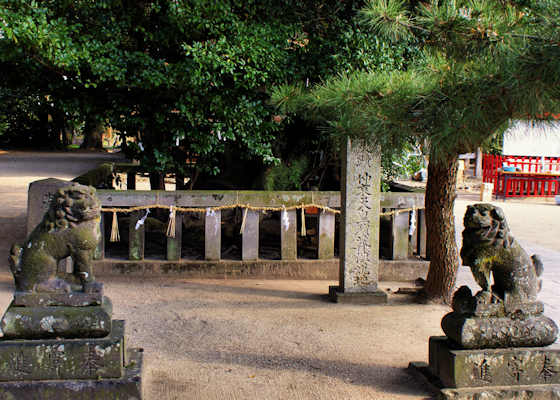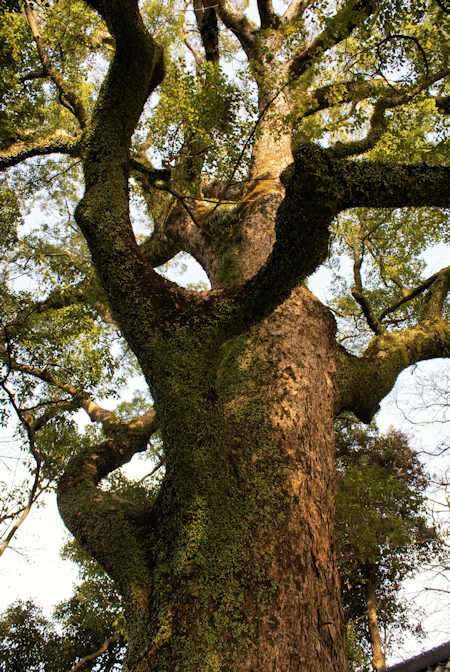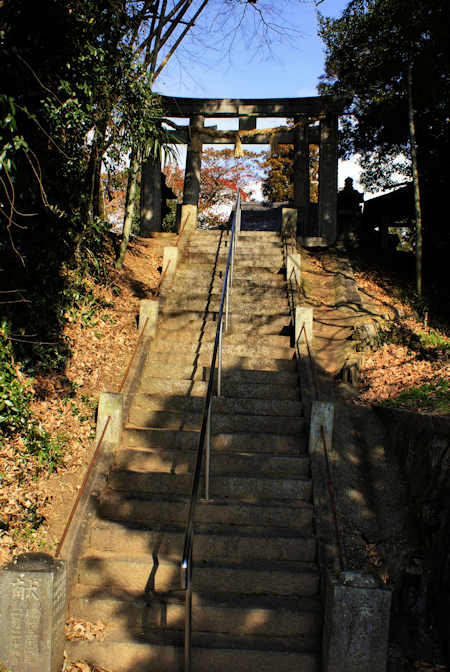Tuesday, November 1, 2022
Fudoin Temple 4 on the Kyushu Pilgrimage
Labels:
Fudo Myojin,
Hachiman,
kyushu108,
saga,
temple
Monday, October 31, 2022
Tashiro Yasaka Shrine
Tashiro Yasaka Shrine
Sunday, October 30, 2022
Ogori Susano Shrine
Ogori Susano Shrine
In the grounds are numerous sub-shrines including Ebisu, Hachiman, and Tenman.
Saturday, October 29, 2022
Misetaireiseki Shrine & the Myth of Empress Jingu
Misetaireiseki Shrine & the Myth of Empress Jingu
There is absolutely zero historical evidence of such an invasion, but in the 20th century, the Jingu myth was used to justify the occupation of Korea.
According to the myth, she took with her a stone containing the spirit of Chuai, and on her return left it here and founded the shrine to protect Korea.
The third photo is of the rock around which the shrine is based. The 6th photo is inside the Awashima Shrine in the grounds. Misetaireiseki Shrine is one of only a few shrines in the Chikugo region that were listed in the Engi Shiki, which means it used to be quite important.
Friday, October 28, 2022
Rikitake Kamado Shrine
Rikitake Kamado Shrine
The shrine did have a small pair of weathered zuijin that were unusual.
Wednesday, October 26, 2022
Yokoguma Hayabusataka Shrine
Japan Shrines
According to the story, Emperor Chuai, considered the last of the "emperors" of the Yayoi period, and who was based here in northern Kyushu rather than the Yamato area, received an omen from the kami Takamimusubi who took the outward form of a bird that alighted on a pine tree before flying off to the north.
My next stop was the nearby Frog Temple, Nyoirinji, and several of the shrines i visited later were also connected to Jingu.
Thursday, October 20, 2022
Otoguma Tenmangu
Labels:
komainu,
kyushu108,
Shrine,
sugawara michizane,
tenmangu
Tuesday, October 18, 2022
Shisojima Tenmangu
Many Tenmangu and Tenjin shrines have a statue of an Ox, deriving from the legend that the location of Sugawara Michizane's tomb ( the current main hall of Dazaifu Tenmangu Shrine), was decided by the ox pulling the cart carrying his deceased body.
Subscribe to:
Posts (Atom)
